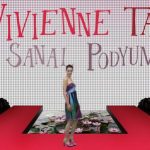Japan: a country credited with giving the world many gifts, such as the laptop, CRISPR, instant noodles, anime, manga, and the world of Nintendo, to name a few. However, Japan has recently caught the world’s attention due to its unique and diverse fashion styles. These looks have revolutionized and transformed the definition of “fashion” all over the world.
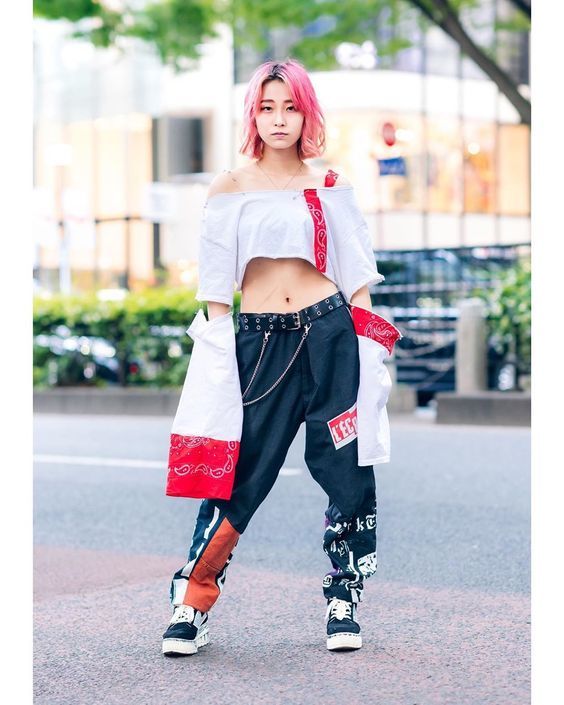
Harajuku
Harajuku, one of Japan’s best known and most recognizable styles, takes its name from the Harajuku district of Tokyo, Japan. He rose to fame in the 1980s thanks to the outfits worn by teenagers and street performers on Tokyo’s infamous Takeshita Street. Many describe this style as one that embraces freedom of expression because the wearer is able to convey their emotions through their personal clothing choices.
Unlike other styles, Harajuku fashion is more of a movement in which outfits don’t have to adhere to strict societal rules and pressure to fit the norm. This is why the majority of looks are undefined and unreplicable.
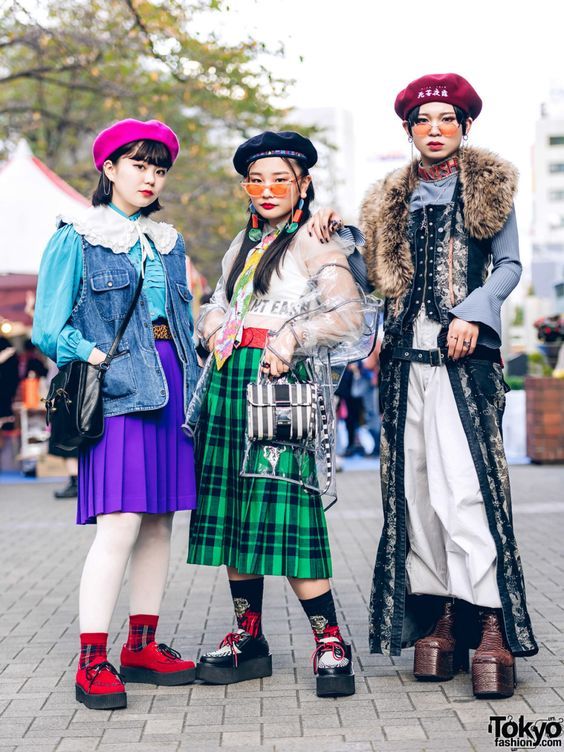
Outfits typically include a juxtaposition of contrasting fabrics and colors, extraordinary and (sometimes) rare items, and odd geometric shapes and structures. Female outfits usually include high platform shoes, uncommon accessories, and exceptional hairstyles.
lolita
Subsection of Harajuku fashion, Lolita was actually inspired by the clothes worn by women and children during the Victorian and Edwardian eras. The style originated from a craze in the 1980s called Doll Fashion, and since then it has grown steadily as a genre.
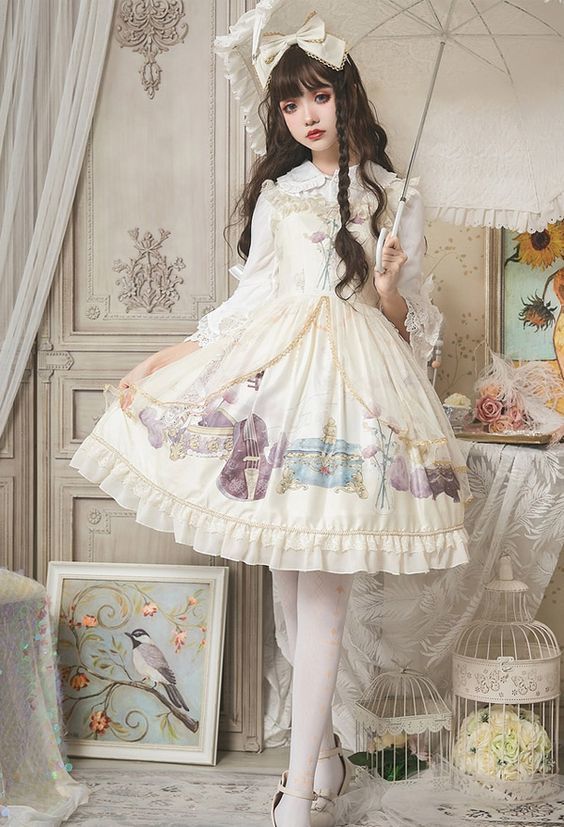
Outfits generally incorporate girly – or more feminine — items and colors, such as frilly little dresses, pretty hairstyles, and opaque colored stockings; doll-shaped vintage parasols are also popular additions to the lolita look. People who dress in lolita fashion often do so to appear more feminine, elegant, and healthy.
Gothic Lolita
Gothic Lolita was born from the combination of lolita and the style of the then fashionable visual kei bands. Visual kei is a movement among Japanese musicians that popularizes the use of varying levels of makeup, intricate hairstyles, and extravagant costumes. By combining the delicate styles of lolita with the punk and dark style of visual kei, gothic lolita has become a surprisingly new and original concept for the Japanese.
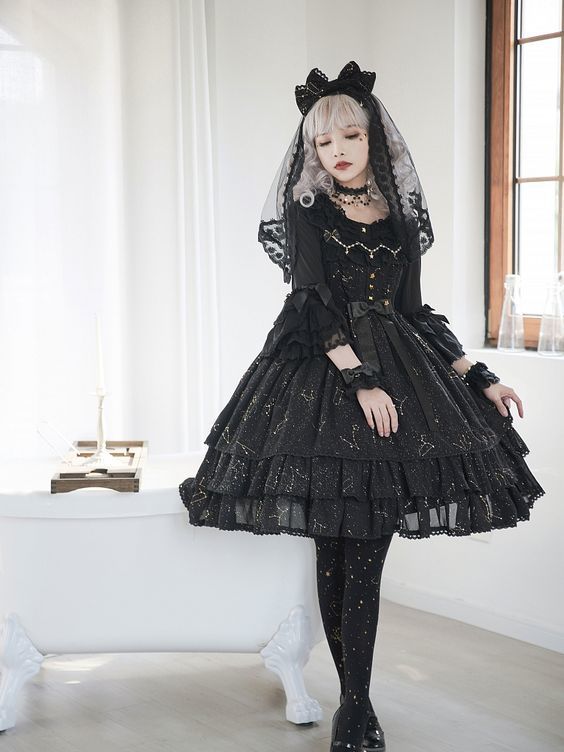
“Hypebeast”
With the continued creation of brands like Bape, Like Boys and Undercover, Japan has gradually integrated the idea of streetwear into its culture. Unlike hypebeasts around the world, Japan doesn’t focus on branded items. Instead, they tend to focus their attention on mixing and matching flashy, edgy clothes in order to make a bold statement.
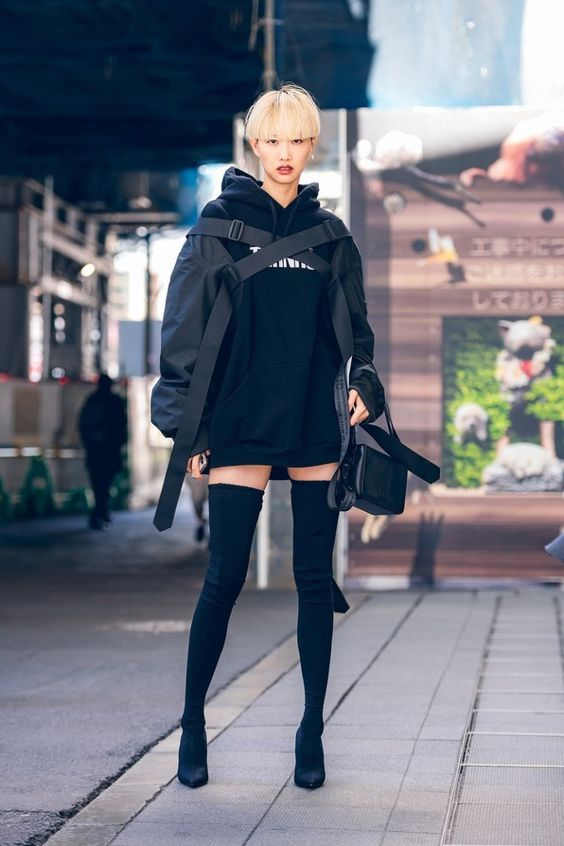
Desktop mode
Compared to other styles, Japanese office fashion does not include unique combinations of fabrics and patterns because, after all, it must be appropriate for the office. Simple, minimalist pieces of clothing are often incorporated into these outfits.
Apart from being suitable for many different occasions, Japanese office fashion is very popular among the general population due to its comfort and stylish appearance. Brands like Uniqlo are helping to increase the popularity of the style.
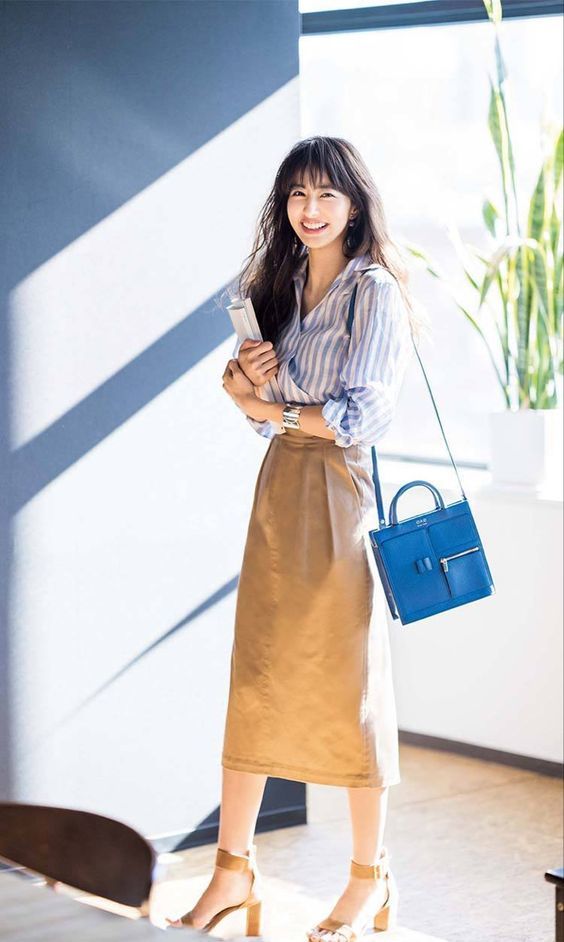
Women’s outfits usually consist of midi/maxi skirts, circular skirts, simple blouses, elegant and modest heels and chic accessories. There’s also been a fairly recent addition of straight pants and culottes. Generally, the colors used are not very bright; these are generally softer and deeper shades.
Young lady
Inspired by the sailor design of Japanese school uniforms, the “young girl” style usually includes a combination of a plaid mini skirt and a cute and delicate top. The looks are often completed with loafers and a tasteful accessory. This style is very popular among teenage girls all over the world; this is by far one of the trendiest looks.
It is frequently influenced by clothing trends in South Korea, namely the layering of tops and the inclusion of a long jacket.
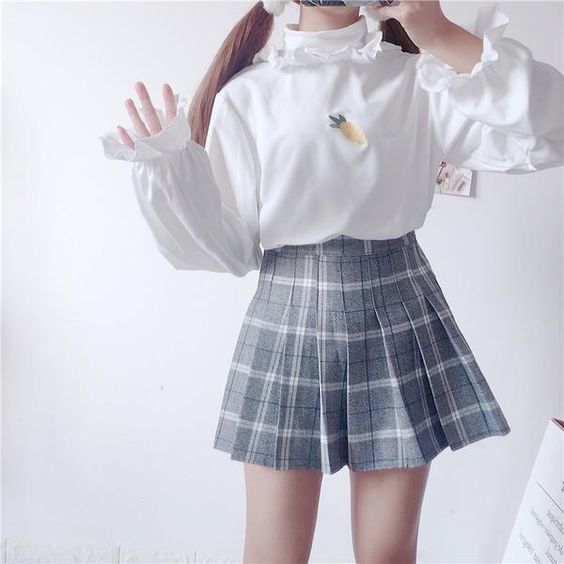
Tokyo mode (bonus)
Some people are inspired by Tokyo Fashion Week and the streets of Tokyo to make their outfits. This is by no means the norm in Japan; however, I included them because I found these looks refreshing and quirky. Some of these outfits also incorporate the aforementioned fashions. Here are some of the most notable:
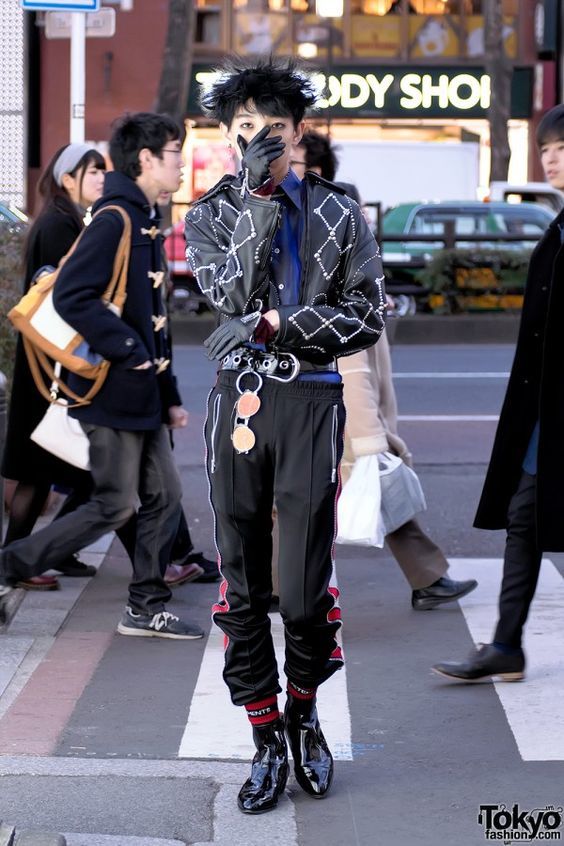
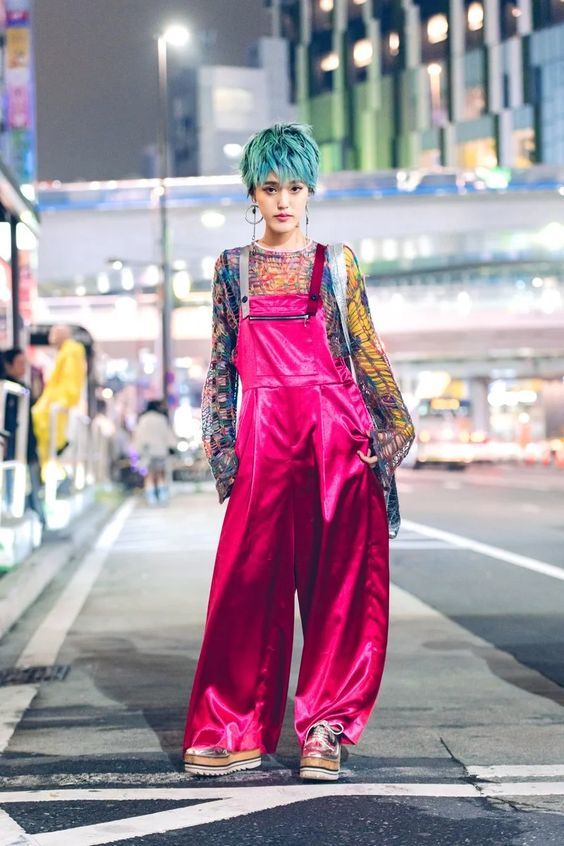
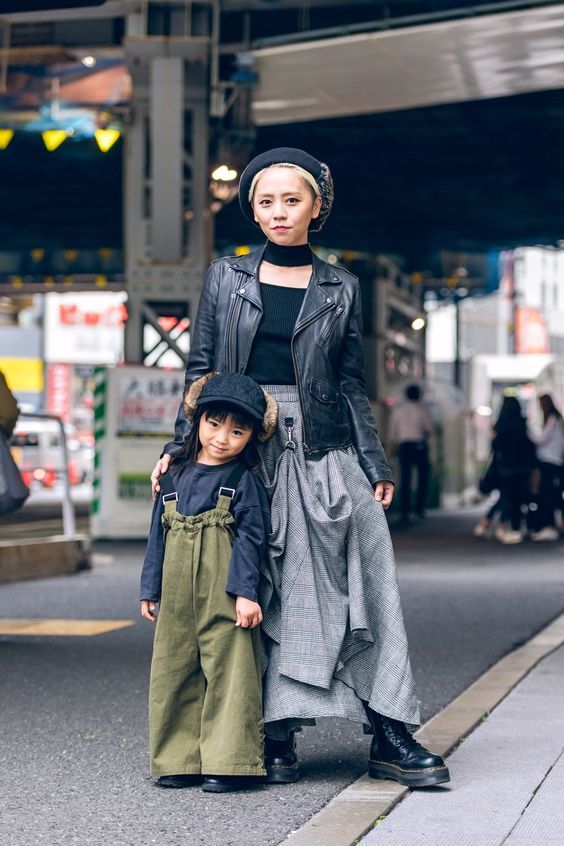
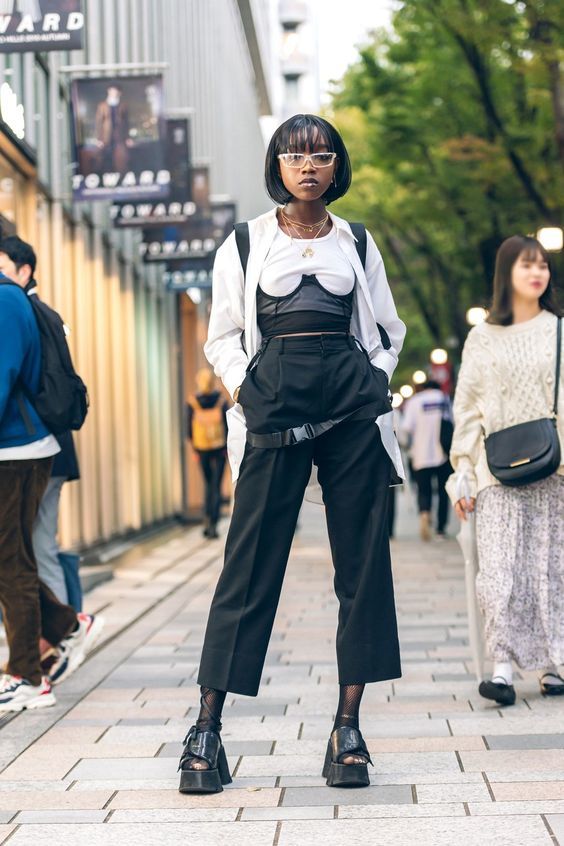
At first glance, the Japanese style may seem largely bland and dull, but upon closer observation, it has more layers to its appearance. The diversity and unthinkable combinations of Japanese fashion is what sets the country’s outfits apart from others. The looks are so inspirational and help influence the wardrobe of many people around the world.





